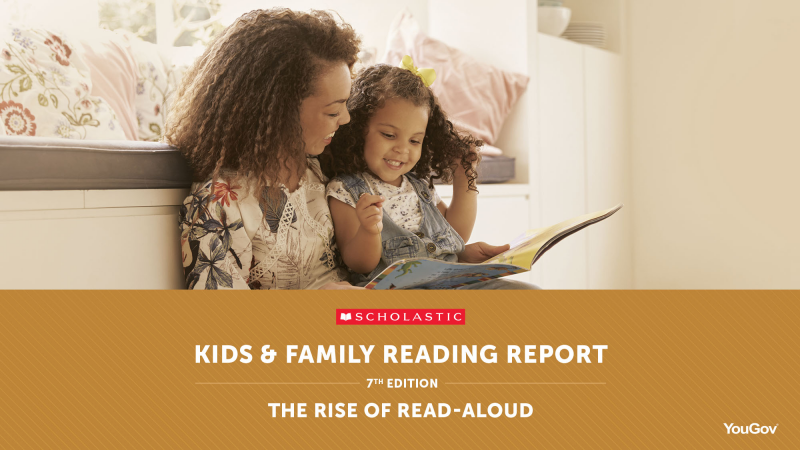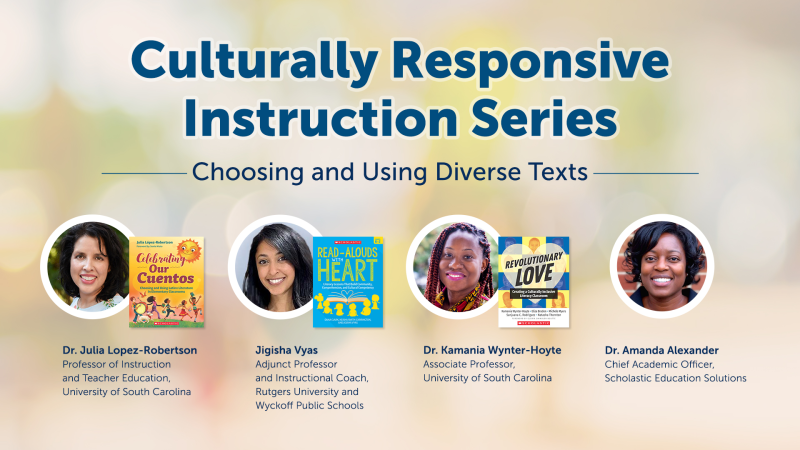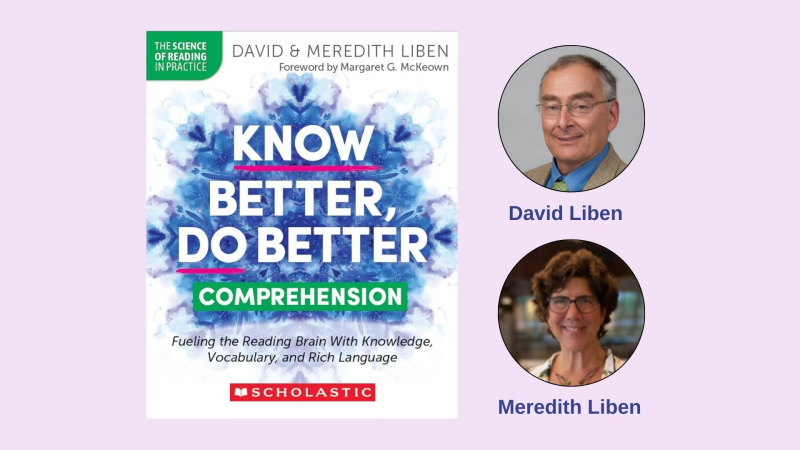The Scholastic Kids & Family Reading Report™ is a biennial, national survey of children ages 6–17 and their parents, as well as parents of kids ages 0–5, in the U.S. exploring attitudes and behaviors around reading books for fun. As data is released throughout the spring of 2019, we’ve asked a handful of our in-house experts to dig more deeply into the report and contextualize its findings. First up, Pam Allyn is here to discuss The Rise of Read-Aloud:
The power of read-aloud is breaking through and we could not be more excited about it. Compelling research from both the education and medical fields has shown us its importance for parent-child bonding as well as language and literacy development. Families are also telling us it is a deeply profound opportunity to connect in essential ways with children, creating nurturing spaces for them and ways to talk and think together.
The latest Kids & Family Reading Report™ shows us that the percentage of parents reading aloud during a child’s first three months is up nearly 50% since 2014. And the number of 6–8 year-olds being read aloud to 5–7 days a week is up seven points since 2016. Reason to celebrate! Yet, there is always more work to be done. While a majority of five-year-olds are read aloud to 5–7 days a week, this percentage decreases dramatically at age six and beyond. This outcome shows us we have to grow the message that reading to children is powerful at all ages. It never stops being important and having great impact upon the life of a child.
It’s undeniable that it is hard to fit everything needed to raise a child into a single day, or even week. But I urge you, parents, grandparents, caregivers and educators, to look closely at this powerful data and to see the opportunities that will open up for the child in your life. Parents tell us they are incorporating read-aloud moments into routines, using them at impromptu times throughout the day, reading aloud to foster quiet time or as a part of an already boisterous playtime. And while the study shows that it is still the mother who reads aloud most often to her children, let’s make a new commitment—as dads, as men, as grandfathers, as siblings—to read more often to the children in our homes and in our care.
The beautiful thing about the read-aloud is how it can be tailored to the lifestyles and preferences of families and caregivers. Everyone can join together around the read-aloud to create a sense of well-being and mutual care. It is a prescription for lifelong success for the child and a dose of deep well-being for the family.
See the full report: The Rise of Read-Aloud, Kids & Family Reading Report: 7th Edition
--
Pam Allyn, Senior Vice President, Innovation & Development, Scholastic Education, is a leading literacy expert, author, and motivational speaker. In 2007, she founded LitWorld, a global literacy organization serving children across the United States and in more than 60 countries, pioneering initiatives including the summer reading program LitCamp and World Read Aloud Day. Pam is the author of 26 books for educators, leaders, and families on reading, writing, and quality learning. Her most recent co-authored book is Every Child a Super Reader (Scholastic), and other titles include Your Child’s Writing Life (Avery), What to Read When (Avery),and Pam Allyn’s Best Books for Boys (Scholastic). In addition, Allyn is a national leader in the field of professional development and speaks globally on the learning lives of children and young adults. She is a W.K. Kellogg Foundation fellowship alumna in racial equity and healing and a recipient of the Teachers College Columbia University Distinguished Alumni Award in 2018.





